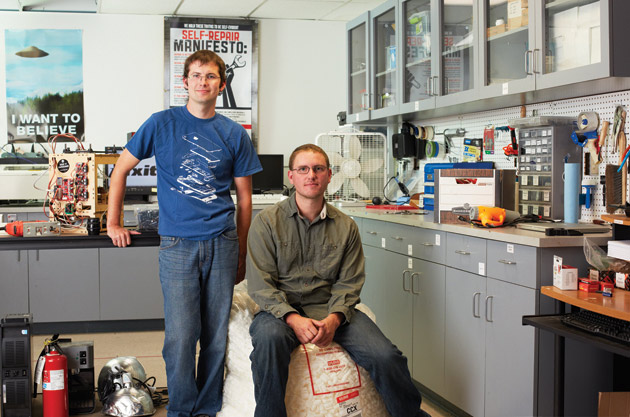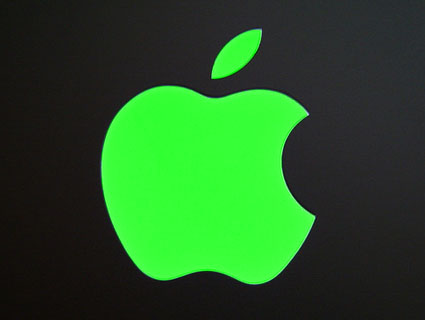The iPhone has become one of the developed world’s most ubiquitous consumer products; the new iPhone 5 sold more than 5 million units in its first week. But the vast majority of iPhone users have no clue what goes into the guts of their coveted toy. That’s no accident, since the phone’s internal design and chemical content are closely guarded trade secrets and Apple deliberately makes it difficult for consumers to open up the device.
Enter Kyle Wiens, whose company, iFixit, aims to help users penetrate their gadgets’ dark secrets, from how much toxic mercury they contain to how to change the damn battery. Last week, Climate Desk found shelter from a torrential rainstorm near one of New York City’s Apple stores and watched Wiens go to work (see video above). Today, iFixit released the results of its chemical analysis of the iPhone 5 and a suite of other popular cellphones, conducted by the environmental nonprofit Ecology Center.
First the good news: The iPhone 5 is leagues ahead of its more toxic predecessors—especially the original, 2G model. (The worst overall performers—most toxic first—were the iPhone 2G, Palm m125, Motorola MOTO W233 Renew, Nokia M95, BlackBerry Storm 9530, and Palm Treo 750.) The latest iPhone performed better on the toxins front than most rival models, including Samsung’s Galaxy S III, and was only narrowly beaten out by the least-toxic phone examined, the Motorola Citrus.
Now the bad news: The iPhone 5 still tests high for mercury and chlorine, both of which can present serious health hazards if they leach into local water supplies from a dump somewhere—typically in a poor area of China, Ghana, or India. It also contained trace amounts of bromine, which has been linked to thyroid cancer and lung disease. “There’s no such thing as a ‘green’ phone,” Wiens points out. “There’s no such thing as a phone that has no toxic chemicals.”

To see how iFixit helps make that happen, Mother Jones contributor Dashka Slater visited the company bat cave and came back with this great new profile.















